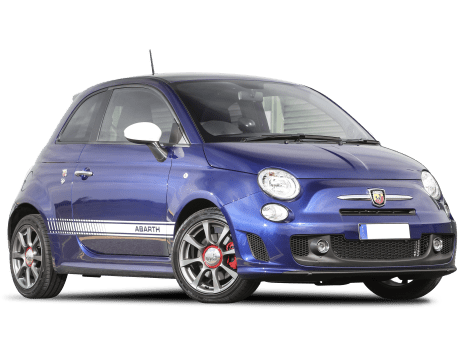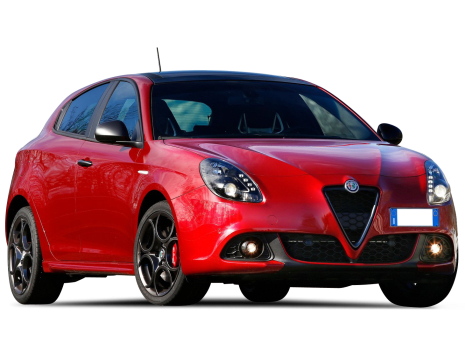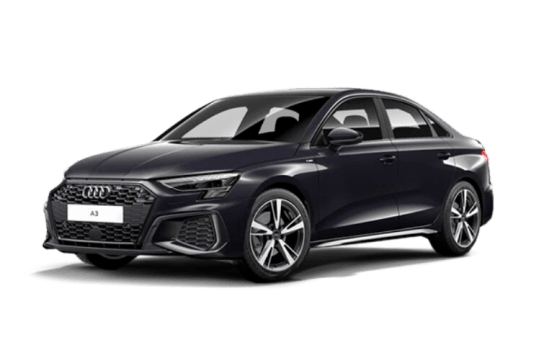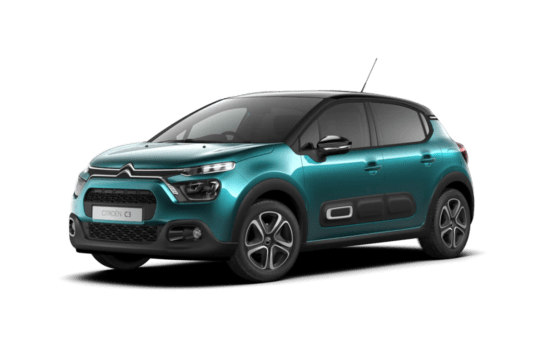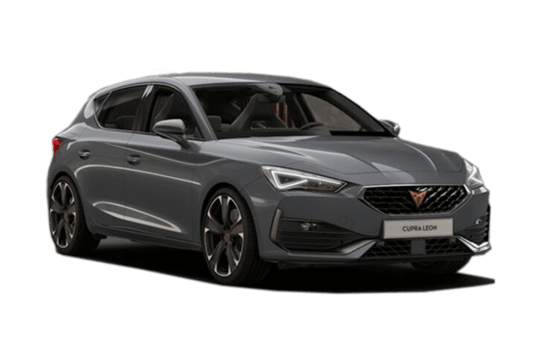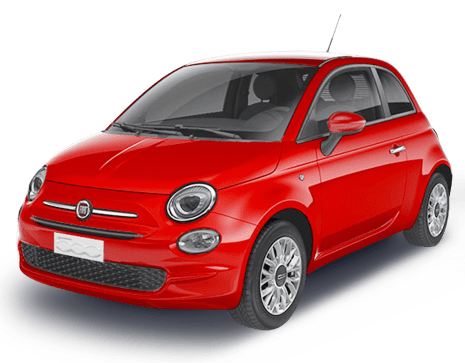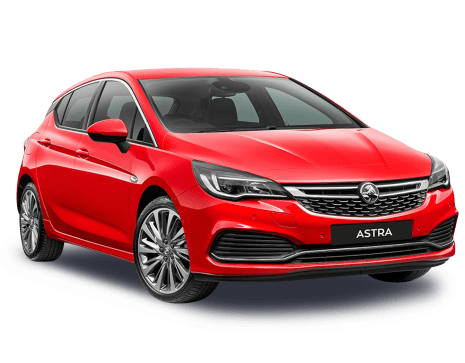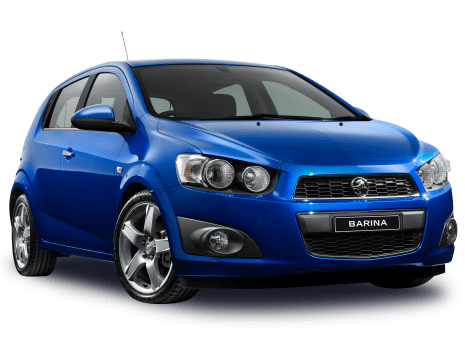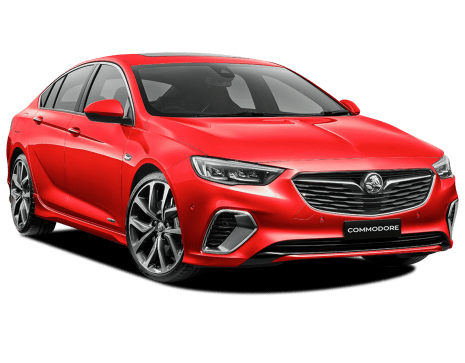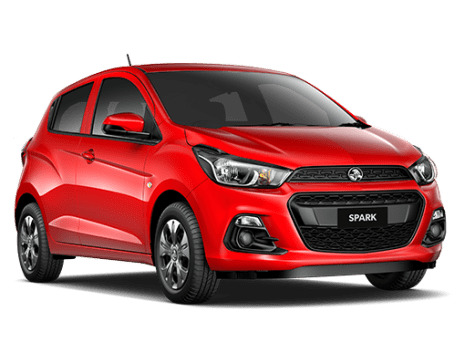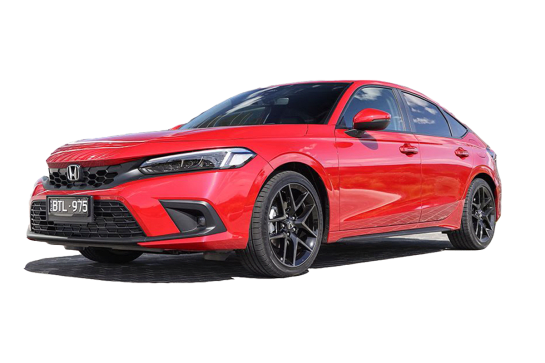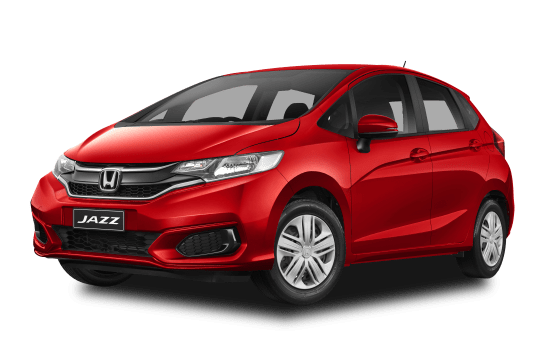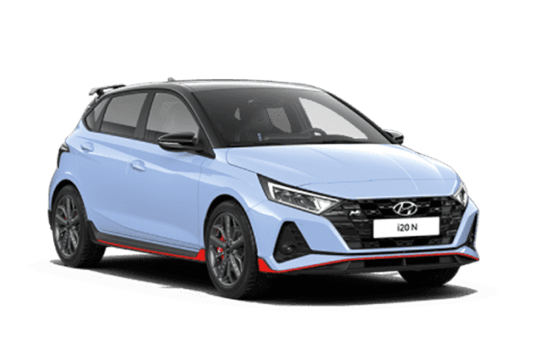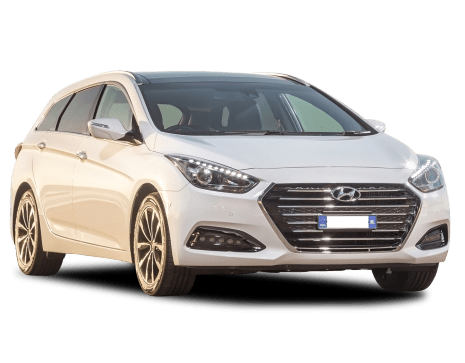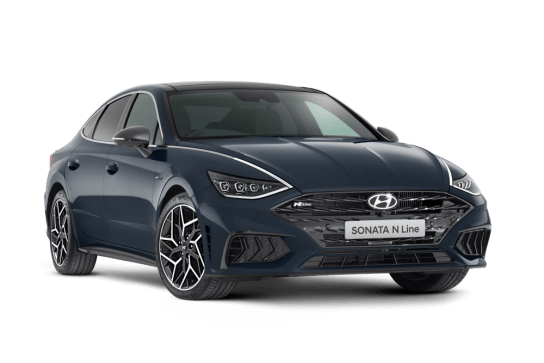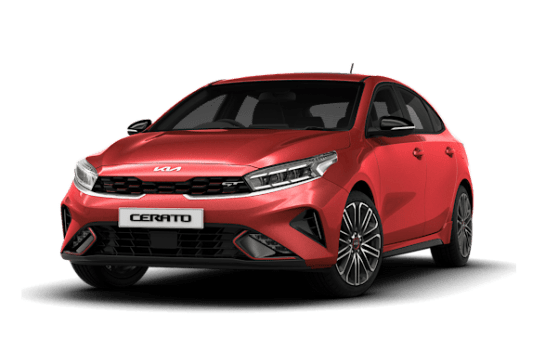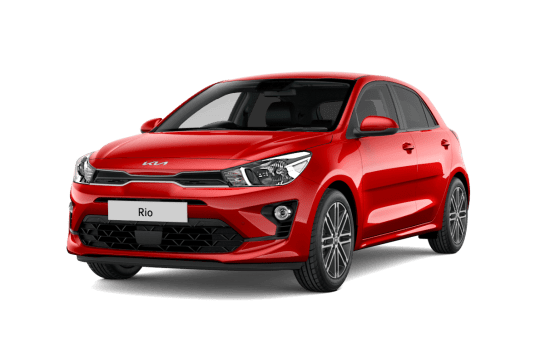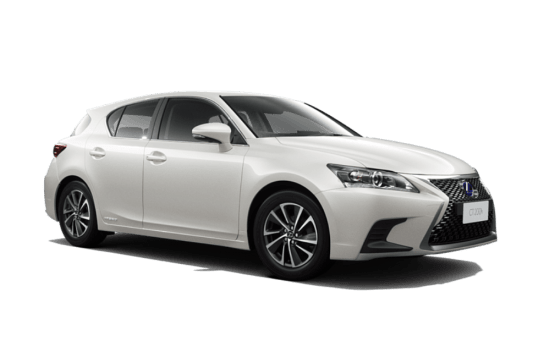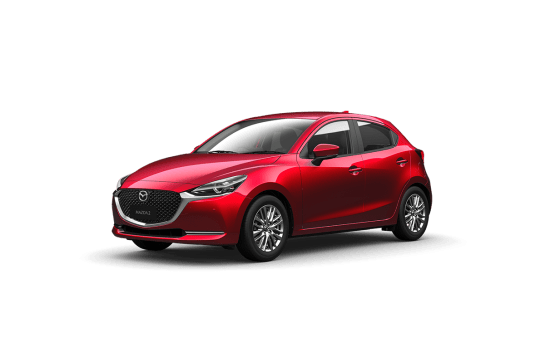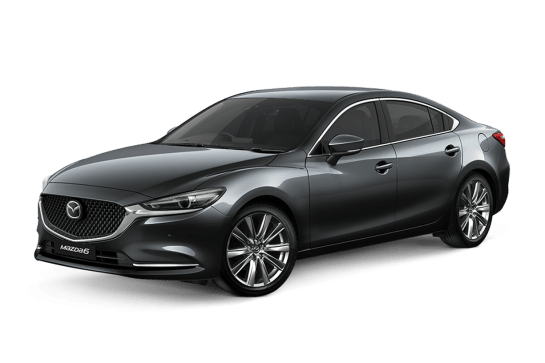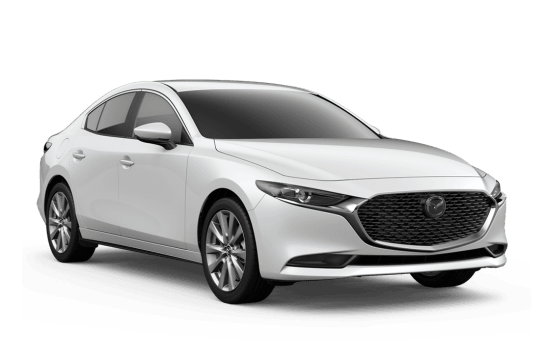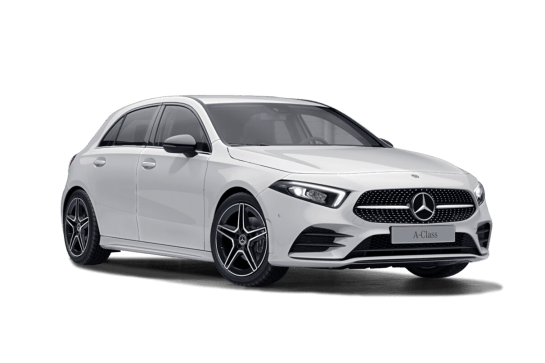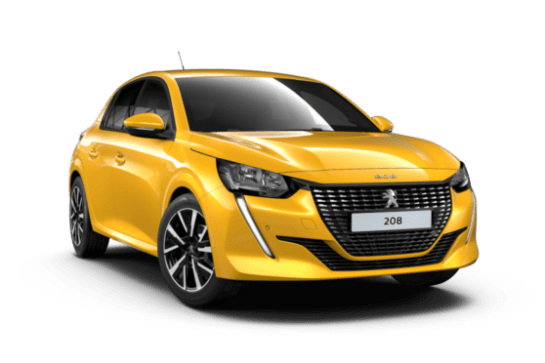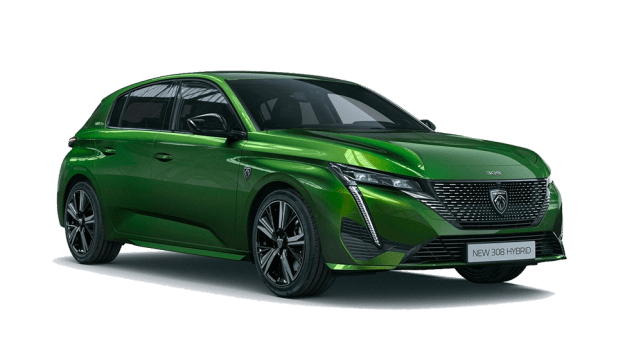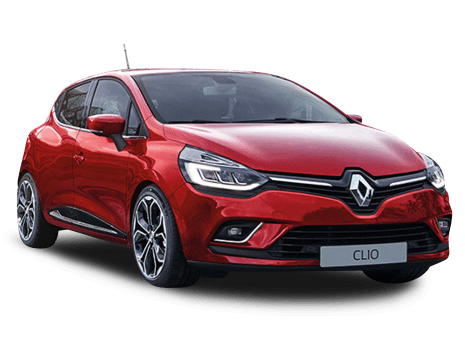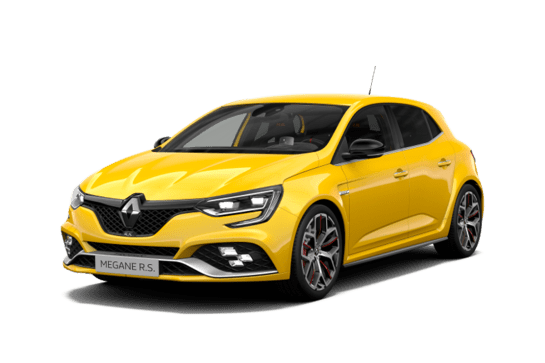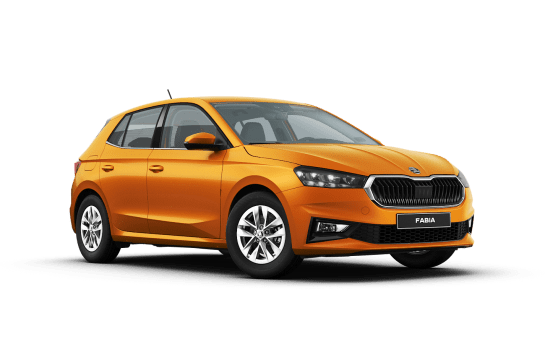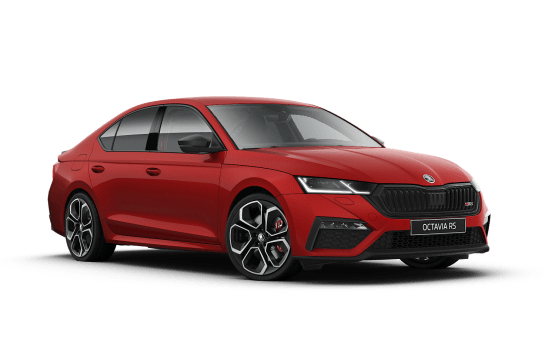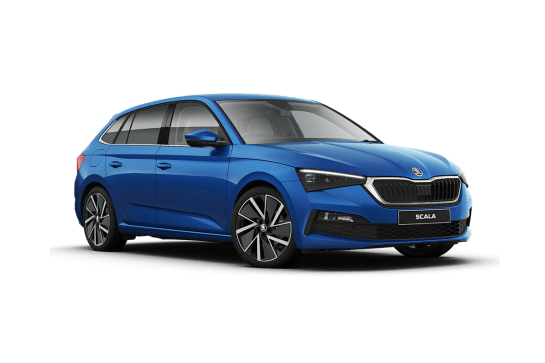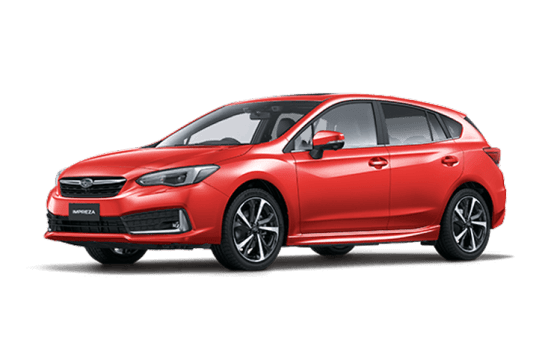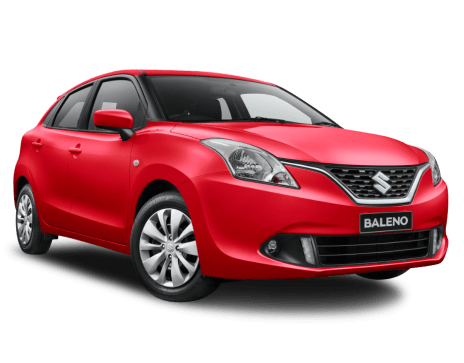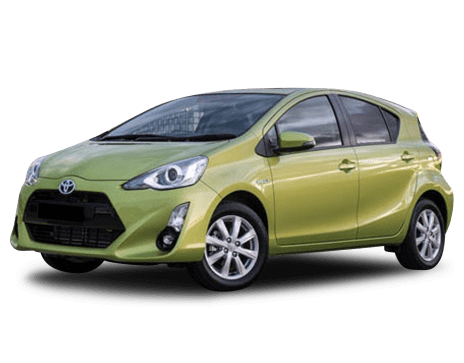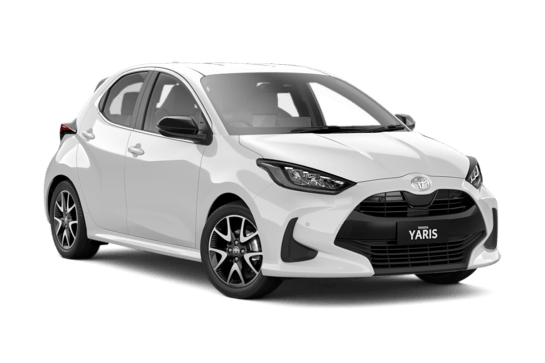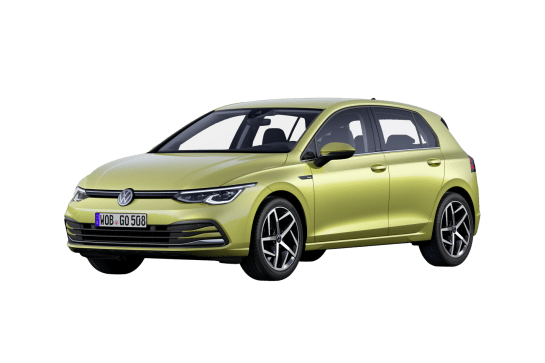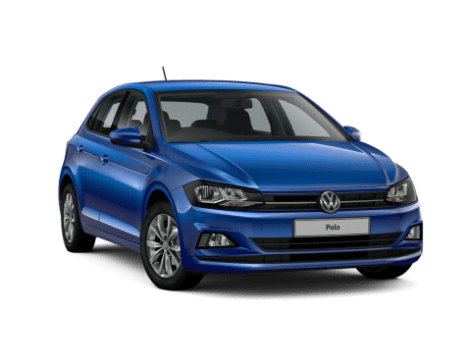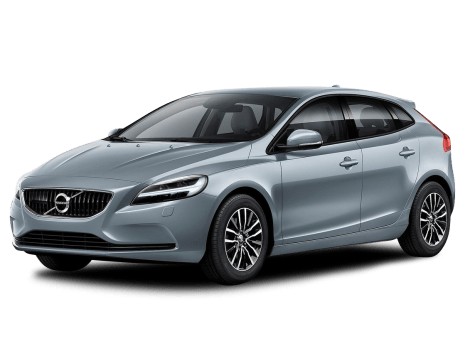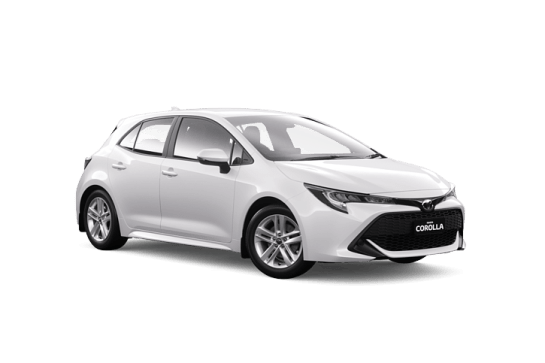
Toyota Corolla VS Abarth 595
Toyota Corolla
Likes
- Hi-tech powertrain
- Driving dynamics
- Affordable ownership costs
Dislikes
- Safety could be better
- Drony CVT
- No rear (adjustable) ventilation
Abarth 595
Likes
- Good engine/chassis combo
- Surprising grip levels
- Unusual
Dislikes
- Terrible driving position
- Ride not great around town
- No reversing camera
Summary
Toyota Corolla
Full disclosure, the Cleary family’s main transport is a Toyota Corolla SX Hybrid hatch, purchased new in mid-2021.
And the chance to catch up with the Corolla Hybrid sedan in entry-level Ascent Sport form, boasting an upgraded motor and battery set-up (added in late 2022) was one I didn’t want to miss.
Four-door sedans of any description are a rarity these days, but Toyota is reluctant to let go of the format with the Camry remaining a popular option (not just with cab and Uber drivers) and the booted Corolla retaining a committed bunch of devotees.
Read more about
So, how does this car compare to the hatch, and have the recent powertrain improvements made a meaningful difference to its performance and economy? Read on to find out.
| Safety rating | |
|---|---|
| Engine Type | 2.0L |
| Fuel Type | — |
| Fuel Efficiency | 5.9L/100km |
| Seating | 5 seats |
Abarth 595
Since 1949, Abarth has been giving the venerable Italian brand, Fiat, a patina of performance, based largely on giant-killing feats in small modified cars like the Fiat 600 of the 1960s.
More recently, the brand has been revived to boost the fortunes of the smallest Fiat on sale in Australia. Known formally as the Abarth 595, the tiny hatch packs a bit of a surprise under its distinctive snout.
| Safety rating | |
|---|---|
| Engine Type | 1.4L turbo |
| Fuel Type | Regular Unleaded Petrol |
| Fuel Efficiency | 5.8L/100km |
| Seating | 4 seats |
Verdict
Toyota Corolla8.2/10
After several years in market, the Toyota Corolla Ascent Sport Hybrid stands up well. Late 2022 upgrades have helped keep the hybrid powertrain on the pace and the multimedia system competitive. The sedan layout is better than the hatch for carrying people and cargo, it’s a refined and comfortable drive, and the ownership package sets the pace in this category. That said, safety is good but could be better, the CVT’s a bit drony, there are some small things we’d like to see on the standard equipment list (adjustable rear ventilation, extra USBs) and there’s room for improvement in terms of in-cabin storage. But overall, it’s hard to go past this small sedan proposition.
Abarth 5955.8/10
It’s tough to be kind to the Abarth 595. Based on a platform that’s more than a decade old, the car has been left behind by its rivals in many ways, including basic ergonomics and its value equation.
The larger engine does work well in this smaller package, and its road-holding ability belies its size. However, only die-hard fans of the Abarth brand will be able to cope with the uncomfortable seating position and a complete lack of even the most perfunctory features that cars costing $10,000 less are able to offer.
Could you look past the Abarth 595's foibles? Let us know in the comments below.
Design
Toyota Corolla
The current Corolla sedan arrived in late 2019, a bit over a year after the hatch, and the car’s dramatic face with long angular headlights and huge lower grille has held up well.
Always a subjective call, but I think it still looks fresh and distinctive, in the case of the sedan, balanced by a less complex rear treatment, no doubt applied with a four-door buyer’s typically more conservative tastes in mind.
Worth noting for an entry-grade model our Ascent Sport looked particularly classy in ‘Atomic Rush’, a sedan-only body colour, and overall the car’s ‘three-box’ proportions are well balanced, helped by the base car’s step up from 15- to 16-inch alloy wheels in the 2022 upgrade.
The interior is simple without crossing over into plain, the dual-level dash design accommodating an 8.0-inch media screen standing proud in the centre, and a compact instrument binnacle sitting under a curved brow.
The grey fabric seat trim looks tough but doesn’t feel it, with some squiggly quasi-quilting in the centre panels adding visual interest. The only other hint of flashiness being gloss black finish panels in the centre console, around the ventilation controls and media screen.
Abarth 5957/10
Despite being based on a design that’s a decade old, the Abarths still stand out. Based on the classic Fiat 500 shape of the 1950 and '60s, it’s more cute than cut-throat, with a narrow track and tall roof giving it a toy-like presence.
The Abarth attempts to beef things up with deep front and rear bumper splitters, go-fast stripes, new headlights and alternate-colour wing mirrors.
The 595 rides on 16-inch rims, while the Competizione runs 17s.
Inside, it’s definitely different to most mainstream cars, with colour-coded plastic panels on the dash and a very upright seating position, along with a dual-tone steering wheel.
It’s a love-it-or-hate-it proposition. There’s no middle ground here.
Practicality
Toyota Corolla
At just over 4.6m long, close to 1.8m wide and a fraction over 1.4m tall, the Corolla sedan is a ‘big’ small car. And at 2700mm, the sedan’s wheelbase is 60mm longer than its hatch equivalent.
There’s plenty of breathing space up front and storage runs to generous door bins with space for large bottles, two cupholders in the centre console, a lidded box (which doubles as a centre armrest) between the seats, a decent glove box and the wireless charging tray in front of the gearshift. That’s all fine, but some extra oddments space in the centre console would be nice.
Move to the rear and the sedan’s extra wheelbase length manifests itself in the shape of noticeably more room than the hatch.
Sitting behind the driver’s seat set for my 183cm height, I enjoyed good legroom and ample headroom. Three adults will be okay for short to medium journeys and a trio of up to teenage kids will be fine for the long haul.
There’s a fold down armrest with two cupholders built in, although the cushion lowers all the way onto the seat creating a slightly awkward downward angle. And no map pockets on the front seat backs feels a bit stingy.
The rear door bins can accommodate a medium-size bottle and a small tray at the back of the front centre console is where you’d like the adjustable ventilation and USB outlets to be, but sadly, they don’t exist.
In fact, power and connectivity options number just two; a USB-C socket in the front for charging and media connection as well as a 12V outlet in the front centre storage box.
Modest boot space is an Achilles Heel for the Corolla hatch, but the sedan’s 470 litres of cargo volume is way better.
It swallowed our three-piece luggage set or the bulky CarsGuide pram with room to spare, and the 60/40 split-folding rear seat lowers to liberate extra space. Just bear in mind that the relatively tight aperture is a large-load disadvantage relative to a wide-opening hatch door.
Interestingly, there aren’t any tie-down anchors in the boot to secure loads, but there’s a space-saver spare under the floor.
Also worth noting the Corolla Hybrid a no-tow zone. If you need to hook up a boat or campervan, the 2.0-litre non-hybrid Corolla sedan is rated for a 1300kg braked trailer (450kg unbraked).
Abarth 5954/10
This is another area where the Abarth falls down. First and foremost, the seating position for the driver in both cars is utterly compromised.
The seat itself is mounted far, far, too high, and has little adjustment in any direction, and there is no reach adjustment in the steering wheel column to allow a taller (or even an average height) driver to get comfortable.
The more expensive Competizione we tested was fitted with a set of optional sports bucket seats from racing company Sabelt, but even they are mounted literally 10cm too high. They are also ultra firm, and even though they look supportive, lack decent side bolster support.
The tiny multimedia screen is okay to use, but the buttons are miniscule, while there’s a complete lack of storage places in the front.
There are two cupholders under the centre console, with two more in between the front seats for rear seat passengers. There are no bottle holders in the doors and no storage for rear seaters.
Speaking of the rear seats, they are the very definition of cramped, with little headroom for moderately sized adults and precious little knee or toe room. There are two sets of ISOFIX baby seat mounting points, though, should you fancy wrestling your wriggling toddlers through the narrow aperture.
The seats flip forward to reveal more cargo space (185 litres with the seats up, and 550 litres when the seats are down), but the seat backs don’t fold flat into the floor. Under the boot floor is a can of sealant and a pump, but no space saver spare.
In truth, it was a long day testing this car… at 187cm, I simply could not get comfortable in it at all.
Price and features
Toyota Corolla
As mentioned, small sedans aren’t exactly thick on the ground in the Aussie new-car market, but there are three similarly-sized four-doors in close range to this Corolla Ascent Sport Hybrid’s $32,110 (before on-road costs) asking price.
Namely the Kia Cerato Sport+ ($31,440), Mazda 3 G20 Pure Vision ($32,320) and Subaru Impreza 2.0i-S ($32,590).
None can match the Corolla’s hybrid efficiency, but each is well equipped for a small car in the low $30K bracket and the Corolla takes a lengthy equipment list into battle against them.
Aside from the performance and safety tech covered a little later, the Ascent Sport Hybrid’s standard features include an 8.0-inch touchscreen multimedia display with voice control, Android Auto and (wireless) Apple CarPlay, six-speaker audio with digital radio and in-built satellite navigation.
There’s also climate control air (single-zone), a 7.0-inch information display in the instrument cluster, keyless entry and start, wireless phone charging, active cruise control, an electro-chromatic rear view mirror, 16-inch alloy wheels, LED headlights, tail-lights and DRLs as well heated door mirrors.
The seat trim is fabric and for things like rain-sensing wipers, side and rear privacy glass, as well as a ‘Premium’ steering wheel, you’ll need to step up the SX Hybrid Sedan at $33,780. But the Ascent Sport lines up well relative to its direct competitors.
Abarth 5954/10
The range has been stripped back to just two cars, and costs has come down slightly, with the 595 now starting at $26,990, plus on-road costs.
A new 5.0-inch touchscreen multimedia system (with digital radio), a leather wrapped steering wheel, TFT dash display, rear parking sensors, alloy pedals, 16-inch alloy rims, and (front-only) adaptive dampers are standard on the base 595.
A convertible, or more accurately, a rag-top (cabriolet) version of the 595 is also available for $29,990.
The 595 Competizione is now a whopping $8010 cheaper at $31,990 with a manual gearbox, leather seats (Sabelt-branded sports buckets are optional), 17-inch alloys, a louder Monza exhaust, as well as front and rear adaptive Koni shocks, and Eibach springs.
Unfortunately, what stands out more on the Abarths is what they don’t come with. Auto lights and wipers, cruise control of any sort, driver aids including AEB and adaptive cruise… even a rear view camera is missing.
What’s more puzzling is that the Abarth’s architecture, though a decade old, has provision to accept at least a rear view camera.
Abarth’s explanation that the car’s home market doesn’t see these inclusions as important doesn’t really hold water, either.
In terms of value, the lack of basic content sends the Abarth to the bottom of a competitive pile that includes both the Ford Fiesta ST and the Volkswagen Polo GTI.
Under the bonnet
Toyota Corolla
The Corolla hybrid is powered primarily by a naturally aspirated 1.8-litre four-cylinder petrol engine operating on the ‘Atkinson Cycle’, which adjusts cam timing to maximise the effective cylinder expansion ratio (compression stroke vs power stroke) for greater efficiency and reduced emissions.
But the downside of this combustion cycle is a relative lack of power, which is where the car’s primary AC synchronous, permanent magnet electric motor comes into play.
Upgraded in late 2022, the motor now features double the number of magnets (per pole) inside the rotor.
At the same time a lighter lithium-ion battery was added, featuring greater input and output power compared to the nickel-metal hydride unit it replaced.
A compact starter/generator (effectively a second electric motor) is powered by the engine (it also starts it) in turn sending energy to the main drive motor and battery.
The end result is combined outputs of 103kW (+13kW) at 5200rpm and 142Nm at 3600rpm, although it’s worth noting Toyota has a strange habit of not including the torque output from the electric motors in its overall numbers for hybrid models.
With the primary motor alone producing more than 160Nm of pulling power, you’d have to imagine the actual combined torque figure is somewhere in the region of 250Nm, with drive going to the front wheels via a CVT auto.
Abarth 5957/10
The Abarth 595 pair use the same 1.4-litre 'MultiJet' four-cylinder turbo engine in differing states of tune. The base car makes 107kW/206Nm, while the Competizione makes 132kW/250Nm, thanks to a freer-flowing exhaust, a larger Garrett-branded turbocharger and an ECU re-tune.
The base car can do 0-100km/h in 7.8 seconds, while the Competizione is 1.2 seconds quicker; the optional 'Dualogic' automatic is 0.2sec slower to the mark in both cars.
A five-speed manual gearbox is standard, and neither car is fitted with a limited slip diff.
Efficiency
Toyota Corolla
Toyota’s official combined cycle fuel economy number for the Corolla’s hybrid powertrain is 3.9L/100km, the 1.8-litre engine emitting 81g/km of CO2 in the process.
That’s up slightly from the pre-upgrade model’s 3.5L/100km claim, but over a week with the Ascent Sport we covered around 250km of urban, B-road and some freeway running, returning an average of precisely 3.9L/100km (at the bowser), which is an outstanding result for a close to 1.4-tonne four-door sedan.
Of course, the super smooth stop-start system (controlled by the starter/generator) plays a part, plus the bonus is the 1.8-litre four is happy to accept ‘standard’ 91 RON unleaded, and the fuel tank holds 43 litres, which translates to a range of just over 1100km. Pretty great.
Abarth 5957/10
Over 150km of testing, the Competizione consumed a dash-indicated 8.7 litres per 100km, against a claimed combined fuel economy figure of 6.0L/100km. Our brief test of the 595 revealed a similar number, against the same claimed figure.
The Abarth will only accept 95 octane fuel or better, and its small 35-litre tank is good for a theoretical 583km between fills.
Driving
Toyota Corolla
The Corolla Ascent Sport Hybrid is a comfortable, stress-free driving experience. Toyota’s series parallel hybrid set-up means the wheels can be driven by the internal-combustion engine, electric motors, or both. And the transition happens seamlessly.
Start-up is silent with the motor(s) doing the driving at low speed, the petrol engine kicking in as the power requirement rises.
As the engine operates it’s also charging the battery and under braking the front wheels turning causes the motor and generator to send power to the main battery pack, as well.
Toyota doesn’t quote acceleration figures for the Corolla but you can expect 0-100km/h in around 12 seconds, which is hardly neck-snapping, however this hybrid combination provides enough torque for nimble acceleration in the city and suburbs as well as easy freeway cruising.
Then there’s the Continuously Variable Transmission. I’m no CVT fan, largely because of the disconnect between road speed and engine speed it creates. The transmission is always trying to keep the engine in its efficiency sweet spot and the most noticeable byproduct is an incongruous droning sound.
Developed by transmission specialist (and Toyota subsidiary) Aisin, the Corolla’s unit is ‘tighter’ than some but the sluggish ‘slipping clutch’ effect is still there from time to time.
Underpinned by Toyota’s TNGA platform, precise handling and excellent ride comfort are dynamic hallmarks of this 12th-generation Corolla. And the Ascent Sport Hybrid Sedan is no exception.
Suspension is by struts at the front and multi-links at the rear, and compliance is super impressive, especially for a car of this size.
The electrically-assisted steering is responsive and road feel is good, the car remaining planted and predictable, with only modest body roll if the red mist descends and you decide to ‘push on’ through your favourite set of corners.
This kind of response is especially noteworthy given the car’s low-rolling resistance Bridgestone Ecopia rubber (205/55) is primarily designed for efficiency rather than race-circuit grippiness.
Braking is by 255mm ventilated discs at the front (slightly smaller than the 2.0L non-hybrid’s) and 265mm solid rotors at the rear. They’re progressive with good pedal feel. Not always the case when regenerative braking is part of the picture.
In terms of general comfort and ergonomic efficiency, the seats remain comfortable, even over road-trip-style stints, while the mix of physical and digital controls is sensible and works well.
Abarth 5955/10
Ergonomics aside, the combination of torquey engine and lightweight car is always a good one, and the 1.4-litre turbocharged four is a good match with the front-drive Abarth.
There’s always enough mid-range urge to give the Abarth the hurry-up, and the longer-legged five-speed gearbox is a good match for the engine.
It also grips and turns surprisingly well, despite the Sport button adding too much artificial weight to the Abarth’s steering feel.
That same button also firms up the front dampers on the 595 and all four on the Competizione, which works well on smoother terrain, but stiffens it too much over more undulating surfaces.
Around town it can be hard to strike a good balance between ride and comfort. The difference between soft and firm is much more pronounced in the Competizione, but it will still get tiring if your commute is a bumpy one.
The turning circle, by the by, is ridiculously large for such a small car, making u-turns - already compromised by the lower front bumper - unnecessarily fraught.
The Monza exhaust on the Competizione gives it a bit more presence, but it could easily be louder (or at least more crackly) again; you’re not buying this car to be a wallflower, after all.
Safety
Toyota Corolla
The Corolla Ascent Sport Hybrid Sedan boasts a maximum five-star ANCAP rating, although the assessment was in 2018 and the criteria have been dialled up since then.
That said, active (crash-avoidance) tech includes AEB - operating from 10-180km/h (with pedestrian and cyclist detection from 10-80km/h), active cruise control, lane trace assist, lane-keep assist, emergency lane keeping, road sign assist and auto high beam.
‘Active Cornering Assist’ and a reversing camera are also standard, but sadly, blind-spot monitoring (with ‘Safe Exit Assist’) and rear cross-traffic are optional.
If a crash is unavoidable, there are seven airbags on board (front, front side, full length curtain and driver’s knee). No front centre bag, though.
There are three top-tethers across the back seat for baby capsules or child restraints with ISOFIX anchors on the two outer positions.
Also fitted is a manually-triggered, roof-mounted SOS button for a back-to-base call that can direct emergency services to the vehicle's location if required.
Abarth 5955/10
Despite a lack of electronic safety aids – and, somewhat amazingly in the current age, a rear-view camera – the Fiat 500 that forms the Abarth's basis still carries the maximum five-star rating from ANCAP it was awarded in 2008, by dint of its seven airbags and bodyshell strength.
It wouldn’t have the same luck if it were judged under new ANCAP regs coming into force in 2018, though.
Ownership
Toyota Corolla
Toyota covers the Corolla with a five-year, unlimited-km warranty, which is the industry standard these days. But significantly, the hybrid battery is included and if you follow the annual servicing schedule for those five years, your engine and driveline warranty extends to seven years and the battery to 10 years (if the latter is also inspected annually). Impressive.
Seven years emergency assistance is provided (expenses related to car hire or towing), and corrosion (to the point of perforation) is covered for seven years.
On top of that ‘Toyota Connected Services’, accessed through the ‘myToyota’ app, is complimentary for 12 months, offering everything from vehicle data and member discounts to driving insights and multimedia profiles.
Servicing is recommended every 12 months or 15,000km, and ‘Toyota Service Advantage’ capped pricing is available, with the number sitting at $245 for the first five visits to the workshop.
That’s up from $175 when the current generation Corolla launched here in 2019, but it’s still a sharp price.
Abarth 5957/10
A three-year/150,000km warranty is offered as standard on the Abarth 595 range, with a suggested service interval of 12 months or 15,000km.
Abarth importer Fiat Chrysler Automobiles Australia offers three fixed-priced services for the 595 range at 15,000, 30,000 and 45,000km, with the first costing $275.06, the second $721.03 and the third $275.06.


